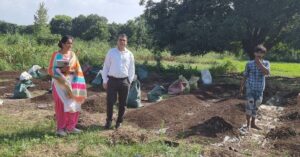He Didn’t Buy Any Land, but Now This CA Is Earning Far More Through Farming
Rajeev planted different crops in each segment to calculate the exact investment versus profit ratio of each harvest.
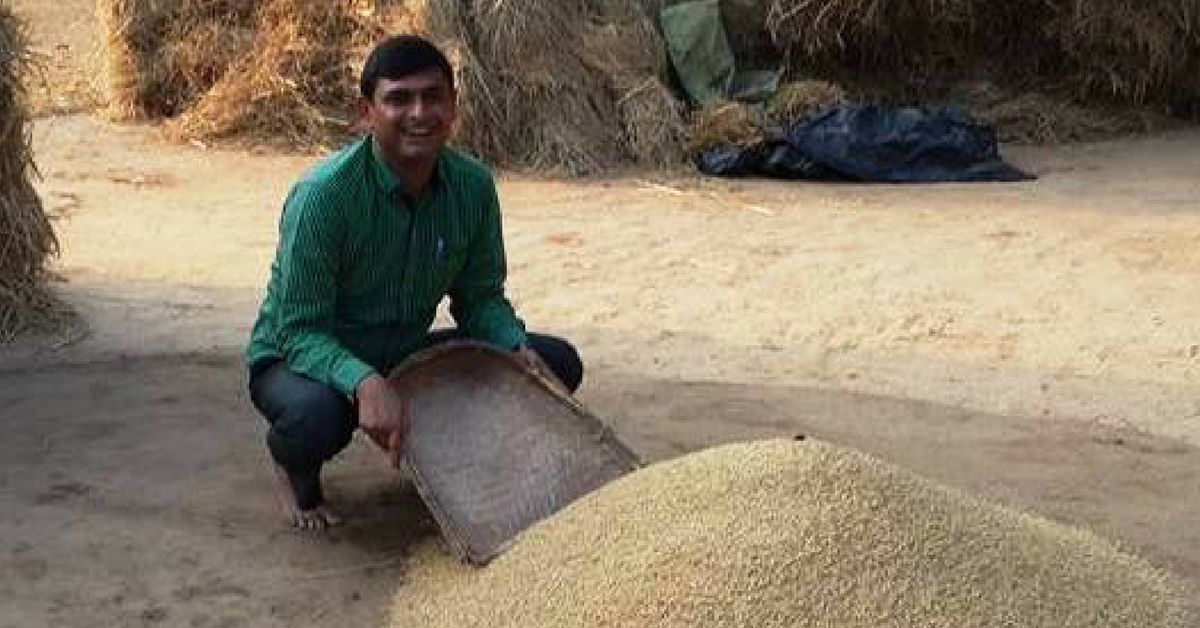
We have heard about engineers-turned-farmers, bankers-turned-farmers or even chartered accountants-turned farmers. But have you heard about a part-time CA and full-time farmer? That’s Rajeev Bittu from Ranchi, Jharkhand. And according to him, he earns more from farming than his chartered accountancy firm.
A few years ago, Rajeev Bittu, a chartered accountant, took his wife, Rashmi, and toddler Ritwika to his village in Gopalganj for a leisurely trip. But little did he know that the holiday was going to change his life forever.
Ritwika refused to mingle with the farmers in the village because of their coarse appearance.
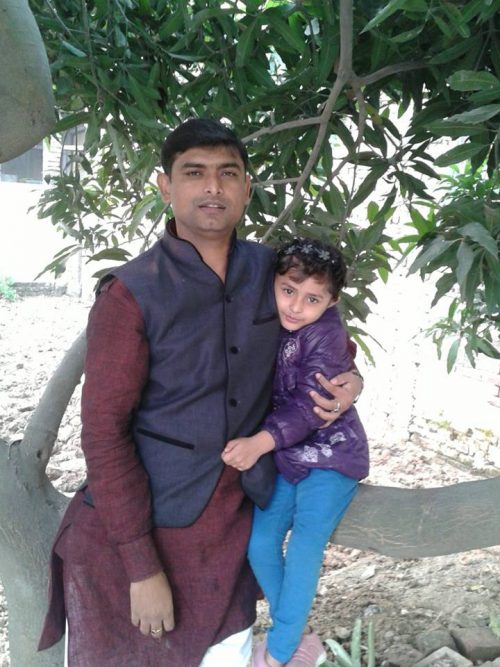
“I took my daughter to the farm, and she was very hesitant to mingle with the farmers. She thought they were dirty. Even though she was just a child, that reaction upset me, and it hit me – our country’s farmers toil hard to give us food, but they are still looked down upon and ignored,” says Rajeev.
Ever since Rajeev wondered what he could do to change the unconscious prejudice urban residents have against farmers. His solution was to become a farmer.
The same year, Rajeev decided to get a land on lease at Kuchu village, 32 km away from Ranchi. But he did not have the money to pay rent for the land, so he offered the landlord 1/3rd of the produce on the farm.
Money was not the only issue, though. Rajeev was never a farmer and therefore had very little knowledge of the skill.
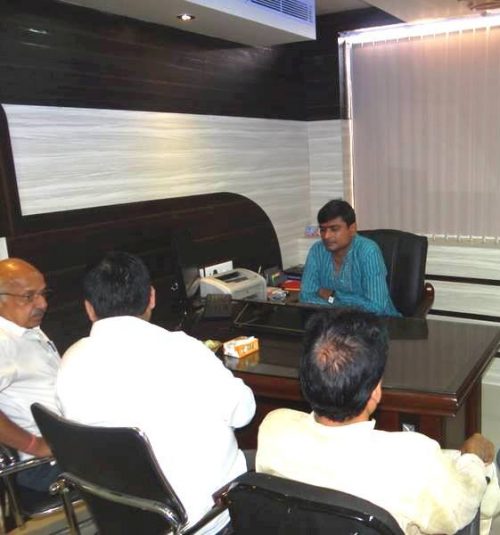
He scoured the internet and spoke to many local farmers. He even consulted professors at agriculture universities. But Rajeev says, it was an employee of a seed company who helped him set the ball rolling.
“It was October 2013 when I started farming. The seed seller explained to me how the season was appropriate for growing watermelon. He also helped me with other tips and tricks of watermelon farming,” informs Rajeev.
He also incorporated drip irrigation and mulching to produce a better yield.
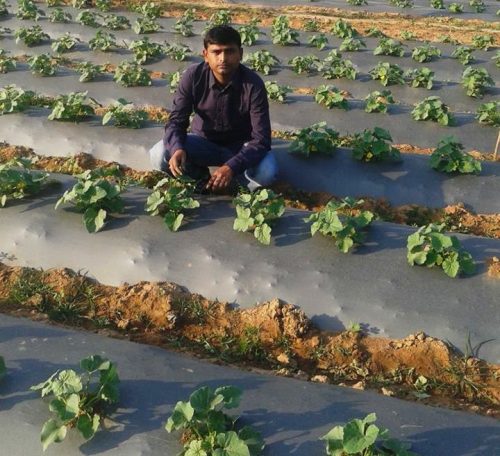
“Though these two technologies were not very familiar to the farmers then, I was aware of them due to my clients. Drip irrigation is the best way to reduce water wastage and labour cost, while mulching is nothing but a thin layer of plastic in which holes are made to put the seeds. This restores the sun rays for a long time and retains humidity of the soil. It also restricts the growth of weeds around the main crop,” Rajeev tells us from his farm.
Halfway into 2014, Rajeev had a good harvest of 10-12 tonnes of watermelon and muskmelon. He had earned well through it, but the profit did not do justice to the investment.
He then divided the land into small segments and calculated the investment made, labour cost, and the profit gained from each part. This gave him a clear idea of the economics of the farm. Rajeev planted different crops in each segment to calculate the exact investment versus profit ratio of each harvest.
“I experimented with various crops like chilli, cherry tomato, ginger, cucumber, and turmeric. What I found out was some plants benefit from being grown in a small segment, but not on a bigger area. For example, if you grow chilly on 10 acres of land, the labour cost for harvesting comes to lot more than the profit gained. Moreover, there is only a particular time of the year when it is the peak season for chilly. At that time, chilli is sold for Rs. 100 to Rs. 200 per kg, but the rest of the time we have to sell it for as low as Rs. 10 per Kg,” he explains.
According to the state law, tribal land cannot be leased for more than 5 years. Hence, Rajeev decided to spend a minimum on the infrastructure on the land. However, he wanted to invest in the betterment of these tribals who owned the land.
He started employing the tribals as labourers on their own territory, which gave them an extra income. He also asked them to work only half of the day whenever there was a haat (local market day).
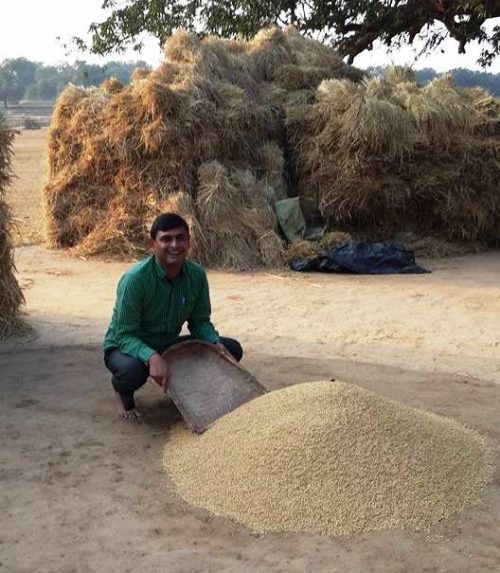
He encouraged them to take his produce to the haat and sell directly to the consumers instead of selling it to the middlemen at the wholesale market. He gives the commission share to these labourers, which was earlier eaten by middlemen. Thus his produce is sold at a good price, the cost of transport is saved, and there is no question of the product getting spoiled. The best part of this system was that the labourers were getting an extra benefit and that helped them to take more interest in their work on the farm too.
Rajeev has now taken 32 acres of farm on lease and is growing brinjal, cucumber, watermelon, muskmelon and tomato and earns a profit of around 15 lakh to 16 lakh every year, which according to him is more than the profit he makes from his CA firm.
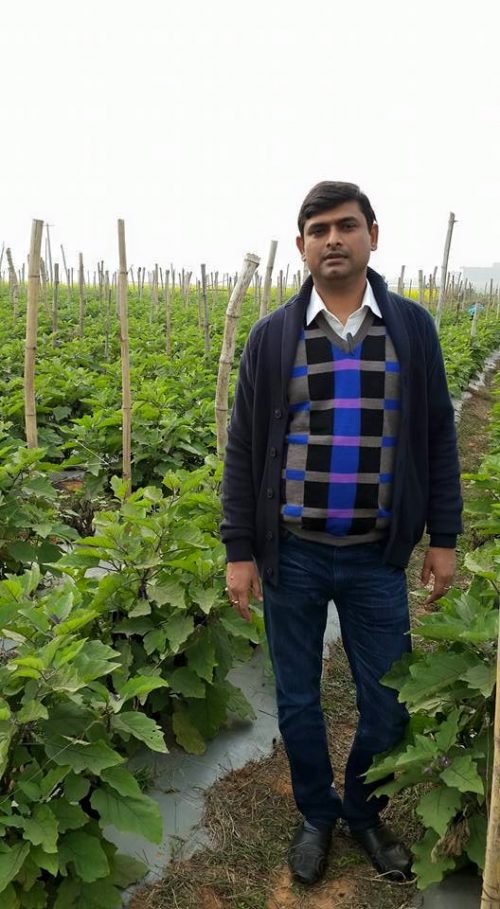
Apart from this, he also grows green peas and beans in a small portion to retain the nitrogen of the soil. He says that he will continue to take farms on a lease as that is more cost-effective. Moreover, he takes up the unfarmed tribal lands, which according to him are more fertile as they have never been touched and have a small rental.
“I don’t prefer buying land. Per decimal of land would cost Rs. 30 lakh which will incur an interest of Rs. 3 lakh every year. Instead, I am paying Rs. 12 K to Rs. 15 K per year for the same. I am not going to take the land anywhere and go, I just need it to produce, so why not work on a farm for five years and help a tribal and then move on to the next land. This way agricultural land will increase, there will be better production and capital will also not get infused,” explains the CA.
Rajeev has had his share of hardships in farming too, especially when there was a hailstorm in 2016 and 2017, which destroyed most of his crops. According to Rajeev, a farmer must always have in his mind that there can be sudden and unpredictable losses in farming and he should develop his lifestyle accordingly.
“A farmer has to be very very patient.There can be a sudden loss. It is possible that all your crop will be destroyed in a particular year, but you have to be patient and confident to start again from scratch,”he says.
You will find 50-60 labourers employed on Rajeev’s farm now along with five permanent employees who keep track of the economics of the farm.

These five employees have also been trained in organic farming to completely transform the farm into an organic one.
Rajeev has also bought 2 acres of land to build his dream project of an Agro tourist destination, where urbanites will get the basic training of farming and can experience little joys of the village life. He is also approaching schools to send students for a field trip to his farm during sowing and harvesting so that they remain in touch of their soil and farming.
Rajeev’s daughter Ritwika now loves to visit his farm and asks his father to get cucumbers from the farm every day when he returns.
“I think my sole purpose of becoming a farmer is achieved. My daughter now respects farmers. She now understands that farmers are not cheap labour but are our ‘Annadata’.She has also learnt, after watching me, that one person can do more than one job. Farmers are essential to our country and that is clear to her now,” smiles Rajeev.
To learn about farming finance you can call Rajeev Bittu on 9431701141
Like this story? Or have something to share? Write to us: [email protected], or connect with us on Facebook and Twitter.
NEW: Click here to get positive news on WhatsApp!
If you found our stories insightful, informative, or even just enjoyable, we invite you to consider making a voluntary payment to support the work we do at The Better India. Your contribution helps us continue producing quality content that educates, inspires, and drives positive change.
Choose one of the payment options below for your contribution-
By paying for the stories you value, you directly contribute to sustaining our efforts focused on making a difference in the world. Together, let's ensure that impactful stories continue to be told and shared, enriching lives and communities alike.
Thank you for your support. Here are some frequently asked questions you might find helpful to know why you are contributing?


This story made me
-
97
-
121
-
89
-
167




